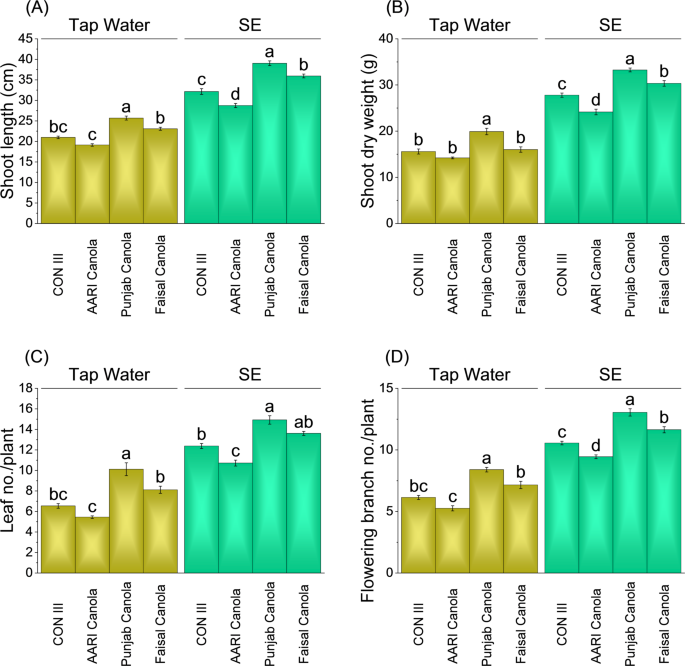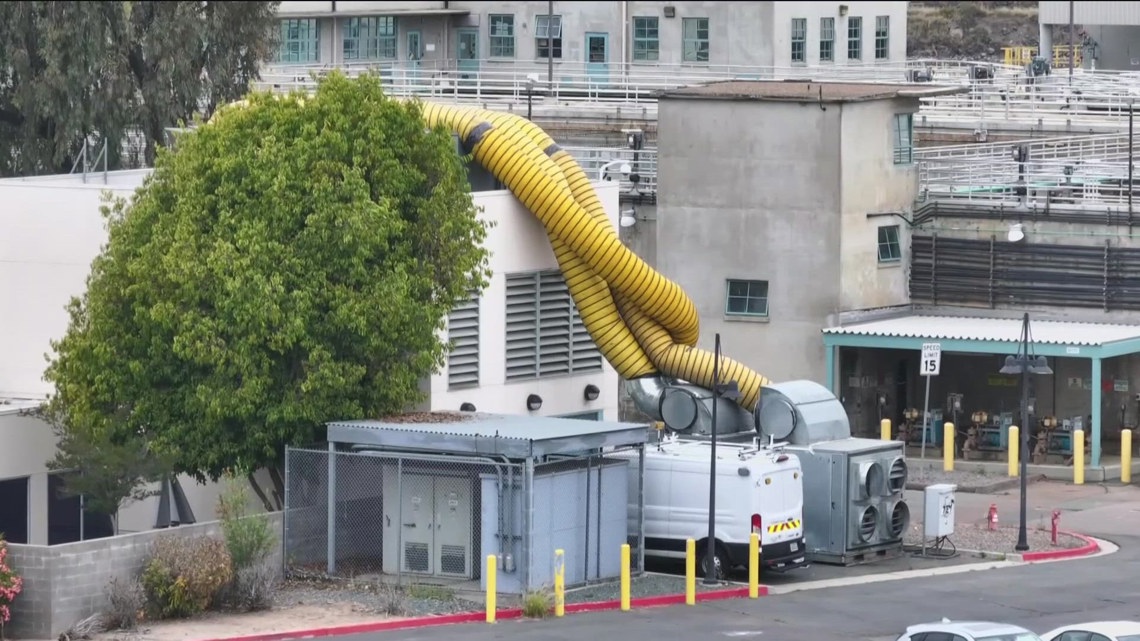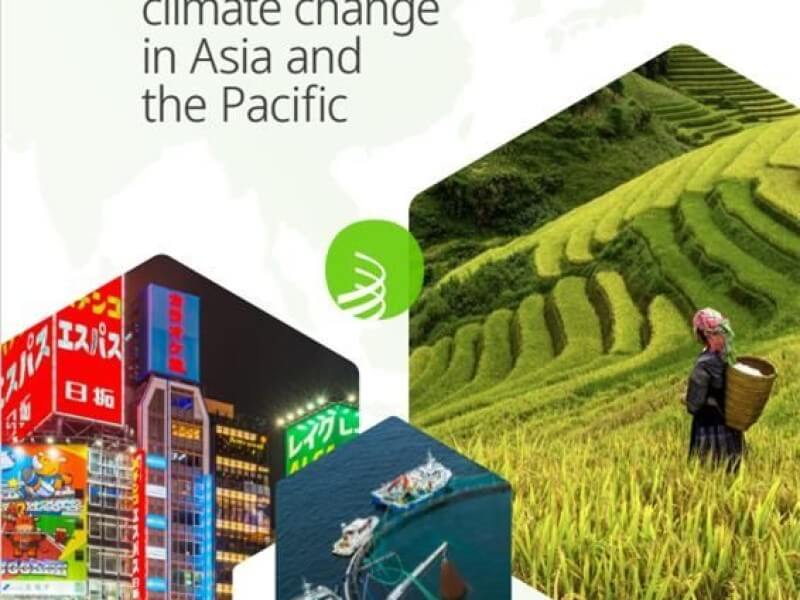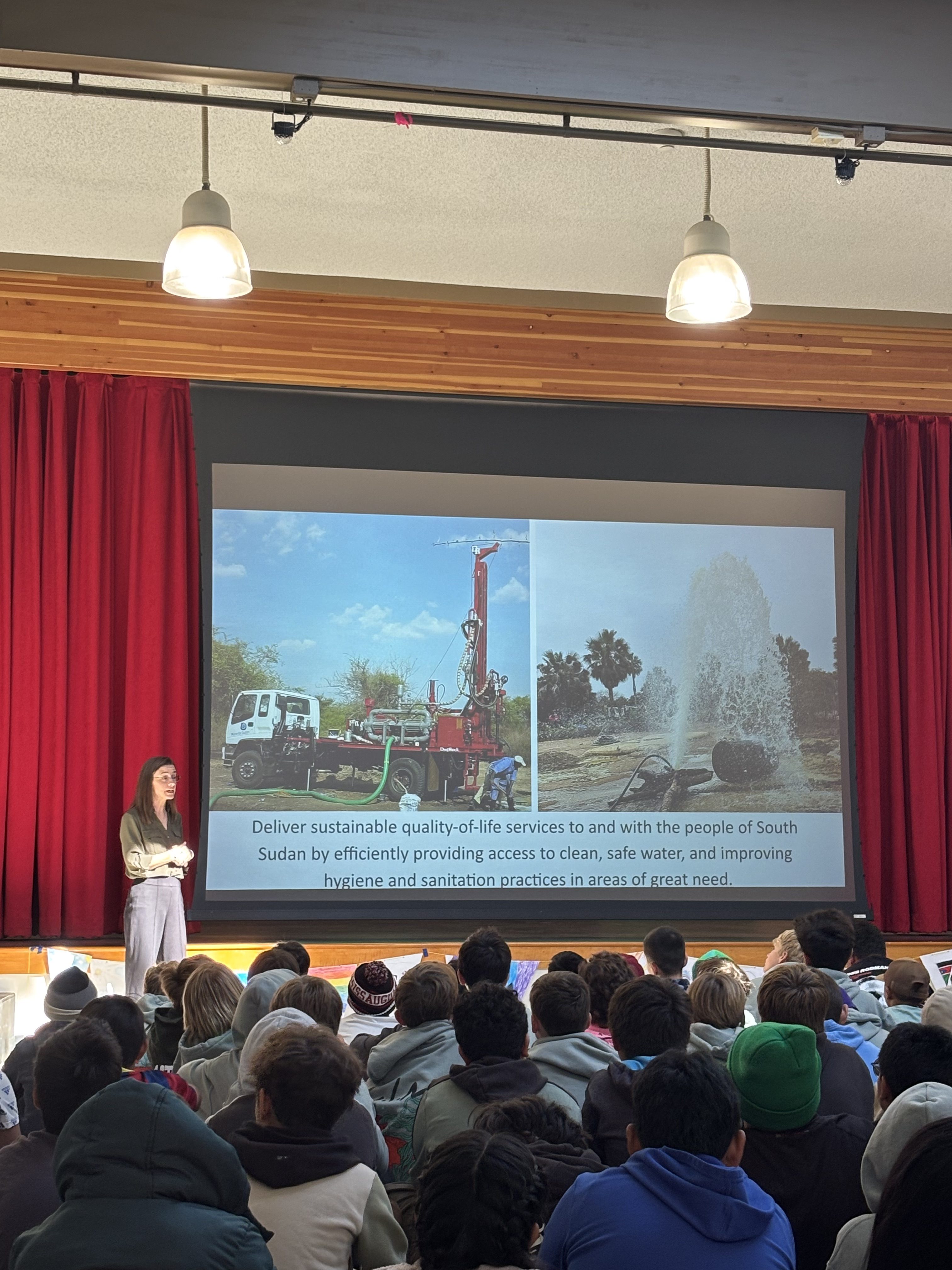Report on Proposed Enhancements to Iowa’s Water Quality Standards in Accordance with Sustainable Development Goals
Introduction: Civil Society Advocacy for SDG Alignment
A coalition of environmental organizations, including the Iowa Environmental Council (IEC), the Environmental Law & Policy Center (ELPC), and Food & Water Watch, has formally submitted recommendations to the Iowa Department of Natural Resources (DNR). The submission, part of the state’s triennial review under the Clean Water Act, calls for a significant strengthening of water quality standards to protect public health and ecosystems. This initiative directly contributes to the achievement of multiple Sustainable Development Goals (SDGs), particularly those concerning clean water, public health, and environmental protection.
Proposed Revisions to State Water Quality Criteria
The consortium has advocated for the adoption of several critical criteria over the next three-year period to address pressing contamination issues linked to industrial agriculture and other sources. The primary recommendations include:
- Tightening state nitrate standards, citing new scientific evidence suggesting toxicity at levels below the current 10mg/L safety threshold.
- Adopting the U.S. Environmental Protection Agency’s (EPA) recommended human health criteria for various contaminants.
- Implementing lake numeric nutrient criteria to combat eutrophication and pollution.
- Establishing river numeric nutrient criteria to improve the health of flowing water bodies.
- Creating microcystin criteria for both recreational and drinking water to protect against harmful algal blooms.
- Developing PFAS criteria for human health to address contamination by “forever chemicals.”
Advancing SDG 6: Clean Water and Sanitation
The proposed measures are fundamental to achieving the targets outlined in SDG 6, which aims to ensure the availability and sustainable management of water and sanitation for all.
- Target 6.1 (Safe Drinking Water): By demanding stricter limits on nitrates and PFAS, the groups aim to ensure safer, more accessible drinking water for all Iowans, mitigating risks associated with agricultural and industrial pollutants.
- Target 6.3 (Improve Water Quality): The call for numeric nutrient criteria for rivers and lakes directly addresses the goal of reducing pollution and minimizing the release of hazardous chemicals into water systems.
- Target 6.6 (Protect Water-Related Ecosystems): Implementing these standards would help protect and restore the health of Iowa’s freshwater ecosystems from the detrimental effects of nutrient pollution and chemical contamination.
Supporting SDG 3: Good Health and Well-being
A primary driver for this advocacy is the protection of public health, a cornerstone of SDG 3. The recommendations directly address SDG Target 3.9, which seeks to substantially reduce the number of illnesses and deaths from water pollution and contamination. The organizations explicitly link their demands to longstanding public concerns over the potential relationship between Iowa’s high cancer rates and the presence of carcinogenic chemicals in water supplies, highlighting the urgency of adopting more protective standards.
Implications for Broader Sustainable Development
The initiative also intersects with several other key SDGs, demonstrating the interconnectedness of environmental health and sustainable development.
- SDG 12 (Responsible Consumption and Production): The focus on pollution from industrial agriculture calls for a transition toward more sustainable production patterns that minimize adverse impacts on human health and the environment.
- SDG 15 (Life on Land): Protecting the quality of freshwater bodies is integral to preserving the health of terrestrial and inland freshwater ecosystems and their biodiversity.
- SDG 16 (Peace, Justice and Strong Institutions): By participating in the public comment process, the groups are working to ensure the DNR is an effective, accountable, and transparent institution that fulfills its mandate to protect public resources under the Clean Water Act.
Conclusion and Stakeholder Imperatives
Stakeholders from the participating organizations have articulated a unified call for the DNR to adopt and enforce these strengthened standards without delay. The collective position is that Iowa must take a leading role in safeguarding its water resources from pollution to protect the health and safety of its residents and align state policy with global sustainability commitments. The public comment period, which concluded on October 20, represents a critical step in this process of regulatory reform aimed at achieving long-term environmental sustainability and public well-being.
1. SDGs Addressed or Connected
-
SDG 3: Good Health and Well-being
The article directly connects water quality to public health. It mentions concerns from Iowans about the “potential relationship between Iowa’s high cancer rates and cancer-causing chemicals” in the water. The call to tighten standards for nitrates and add criteria for PFAS is explicitly aimed at protecting human health from waterborne contaminants.
-
SDG 6: Clean Water and Sanitation
This is the central theme of the article. The entire text revolves around the efforts of environmental groups to improve Iowa’s water quality standards under the Clean Water Act. It discusses the need for safe drinking water, protecting recreational water bodies (lakes and rivers), and reducing pollution from sources like industrial agriculture.
-
SDG 12: Responsible Consumption and Production
The article identifies “industrial agriculture” as a primary source of the water pollution, particularly nitrates. This points to unsustainable production patterns that have a significant negative impact on the environment and public health. The call for stricter regulations on pollutants is an effort to hold these production systems accountable and manage their environmental impact.
2. Specific Targets Identified
-
Under SDG 3: Good Health and Well-being
- Target 3.9: By 2030, substantially reduce the number of deaths and illnesses from hazardous chemicals and air, water and soil pollution and contamination.
Explanation: The article’s focus on reducing exposure to “dangerous chemicals” like nitrates and “cancer-causing chemicals” like PFAS in drinking water directly aligns with this target to prevent illnesses.
- Target 3.9: By 2030, substantially reduce the number of deaths and illnesses from hazardous chemicals and air, water and soil pollution and contamination.
-
Under SDG 6: Clean Water and Sanitation
- Target 6.1: By 2030, achieve universal and equitable access to safe and affordable drinking water for all.
Explanation: The groups advocate for stricter standards because the current safety threshold for nitrates is considered unsafe based on new evidence, threatening the safety of public drinking water. The goal is to ensure the water Iowans drink is genuinely safe. - Target 6.3: By 2030, improve water quality by reducing pollution, eliminating dumping and minimizing release of hazardous chemicals and materials.
Explanation: The core demand in the article is to improve water quality by tightening standards on nitrate pollution, which is largely “linked to industrial agriculture,” and by adding new criteria for other pollutants like PFAS and microcystin. - Target 6.6: By 2027, protect and restore water-related ecosystems, including mountains, forests, wetlands, rivers, aquifers and lakes.
Explanation: The demand for “Lake numeric nutrient criteria” and “River numeric nutrient criteria” is a direct effort to establish standards that protect and can help restore the health of these specific water-related ecosystems.
- Target 6.1: By 2030, achieve universal and equitable access to safe and affordable drinking water for all.
-
Under SDG 12: Responsible Consumption and Production
- Target 12.4: By 2020, achieve the environmentally sound management of chemicals and all wastes throughout their life cycle… and significantly reduce their release to air, water and soil in order to minimize their adverse impacts on human health and the environment.
Explanation: The article highlights pollution from industrial agriculture. The push to regulate nitrates and PFAS is a call for the environmentally sound management of chemicals used in or resulting from this production system to prevent their release into water sources.
- Target 12.4: By 2020, achieve the environmentally sound management of chemicals and all wastes throughout their life cycle… and significantly reduce their release to air, water and soil in order to minimize their adverse impacts on human health and the environment.
3. Indicators Mentioned or Implied
-
Nitrate Concentration Levels
The article explicitly mentions a quantitative indicator: “Iowa’s current safety threshold for nitrates is 10mg/L.” This is a direct measure of water quality. The groups argue this indicator is set too high and needs to be lowered based on new scientific evidence, implying that progress would be measured by a reduction in this threshold and in the actual concentration in water bodies.
-
Water Quality Criteria
The article implies the use of a set of qualitative and quantitative indicators through its call for new standards. The list of proposed criteria—”EPA’s recommended human health criteria,” “Lake numeric nutrient criteria,” “River numeric nutrient criteria,” “Microcystin criteria,” and “PFAS criteria”—serve as specific indicators to be developed and monitored to measure the safety and quality of water for human health, recreation, and ecosystem health.
-
Human Health Outcomes
The article implies a health-based indicator by referencing “Iowa’s high cancer rates” and the potential link to water contaminants. While not a direct environmental measure, tracking rates of waterborne illnesses or cancers linked to specific contaminants would be an ultimate indicator of progress toward ensuring safe water and achieving health-related targets.
4. Summary Table: SDGs, Targets, and Indicators
| SDGs | Targets | Indicators (Mentioned or Implied in the Article) |
|---|---|---|
| SDG 3: Good Health and Well-being | 3.9: Reduce illnesses from hazardous chemicals and water pollution. | Incidence of cancer rates and other illnesses potentially linked to water contaminants. |
| SDG 6: Clean Water and Sanitation | 6.1: Achieve access to safe drinking water. | The safety threshold for nitrates in drinking water (currently 10mg/L). |
| 6.3: Improve water quality by reducing pollution and hazardous chemicals. | Adoption of criteria for PFAS, microcystin, and other human health factors. | |
| 6.6: Protect and restore water-related ecosystems. | Establishment and monitoring of lake and river numeric nutrient criteria. | |
| SDG 12: Responsible Consumption and Production | 12.4: Achieve environmentally sound management of chemicals to reduce their release into water. | Levels of nitrate pollution linked to industrial agriculture found in water sources. |
Source: foodandwaterwatch.org







